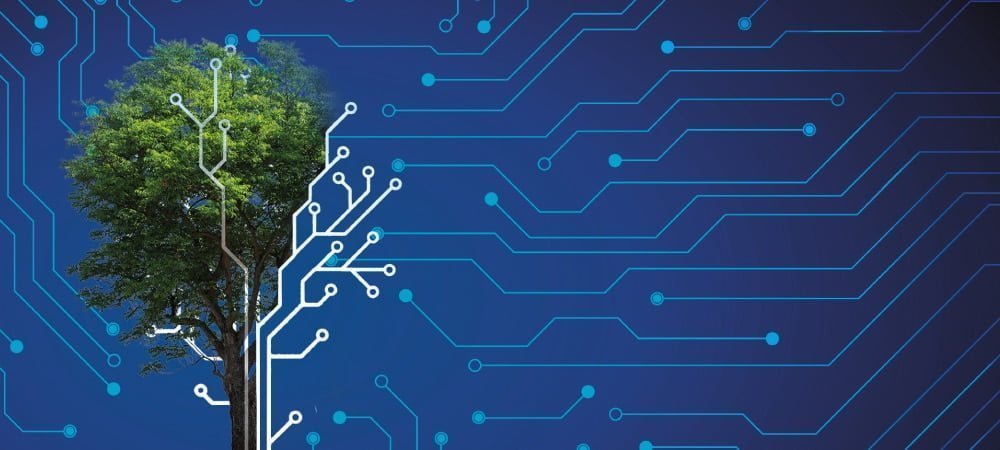Focus on SAP infrastructure


Smart automation solutions for SAP Basis Management are beneficial in many ways. Whether it's the processing of mass orders in retail, the resolution of bills of materials for orders in manufacturing, or the processing of orders in sales, there are situations and time windows in the use of SAP in which the infrastructure for SAP applications has to perform at its best.
This means that SAP user companies are under pressure to keep the infrastructure for the applications in the best possible condition at all times or, in other words, there is always a need for checks and optimization in terms of infrastructure. And this is a continuous process, since SAP systems change practically every day; just think of the many SAP transactions that are carried out, which also change the "SAP databases" used and accordingly make database maintenance necessary from time to time.
When it comes to infrastructure issues in the use of SAP, SAP Basis always comes into play. They, or the SAP Basis teams assigned to them, are the linchpin and focal point for a healthy and well-functioning SAP infrastructure. As a rule, they are also the ones who have to process or implement the various tasks required.
Test and compliance
These are ad hoc tasks, tasks that have to be performed from time to time, or tasks that have to be performed practically every day. Creating sandboxes or SAP system copies for testing and training purposes, for example. But also tasks for compliance reasons, for example in finance. Or to monitor important SAP system statuses of servers and databases on a daily basis; for example, how performance and availability are looking and whether interventions or optimizations are required.
The core of what has been outlined above is as follows: An SAP infrastructure must be managed, monitored and controlled; at the same time, various SAP Basis tasks must be processed and managed. Both together can be assigned to SAP Basis Management.
Help through management SW
Practically with the SAP R/2, then with the R/3 and later with the ECC wave of success of the Walldorf software group, special software tools for tasks in SAP Basis have become established. Developed by SAP, but mainly by companies that focused on add-on solutions for SAP.
These add-on solutions for SAP Basis have continued to evolve. However, only a few such solutions today are capable of providing system information as a whole as well as processing essential tasks in SAP operation in the form of applications; and at the same time making life easier for SAP Basis teams in the long term through automation and achieving significant increases in productivity.
Ideally, modern SAP Basis Management software systems are stringently aligned with SAP deployment (including S/4 Hana) and include both info apps and maintenance apps. At the same time, they cover many SAP Basis or infrastructure management topics in a wide-ranging manner. Of course, there should be connections between both app categories. And they should be easy to use, i.e., smart, with practically no in-depth programming knowledge and no lengthy installation.
On the one hand, it is possible to use the info apps to call up status information on the SAP applications and their servers, the databases used, or the operating systems in use at any time, virtually at the touch of a button, and to intervene in good time if necessary or to carry out optimizations (for example, through load balancing).
On the other hand, the maintenance apps with stored automation mechanisms create massive freedom for SAP Basis. For example, in the verification, import and distribution of SAP Security Notes, in automated kernel upgrades, in the automated creation of SAP system copies, in the management of profile parameters or in SAP Hana DB updates.
Multiple benefits
And what's the benefit? Several benefits result from the use of such automation systems. Time and therefore costs are saved, be
it for routine or recurring activities and tasks, or for special task requirements in the SAP Basis area. An individualized system copy, for example, takes only a few hours instead of four or five days. For SAP kernel updates, the reductions are just as significant.
At the same time, automated process workflows for tasks exhibit a consistently high level of quality. And on top of that, automatic workflow-triggered checks ensure that nothing is forgotten. Simulations prior to work execution are also possible. At the same time, every process step is logged and versioned to ensure the highest compliance requirements.
But that's not all. A sophisticated SAP Basis Management solution also helps to counter the shortage of specialists, which undoubtedly exists in the SAP environment, in some respects. Existing SAP specialists are relieved by an automation solution and they can attend to other tasks due to the time savings.
Since no classic programming work, such as script writing, is involved, it is thus also possible for less experienced SAP Basis specialists to be able to handle such systems after a certain amount of training and familiarization. Functional processes are determined and initiated by means of mouse clicks and checkmarks. In addition, the fully automated processing of tasks by means of scheduling (task start according to time specifications) can take place during downtimes at night or can be shifted to weekends.
And anyone who wants to expand an SAP Basis Management system beyond the broad functional or process deployments, or who wants to couple or integrate it with other SAP Basis tools because specific requirements need to be taken into account, can do so without any effort.





